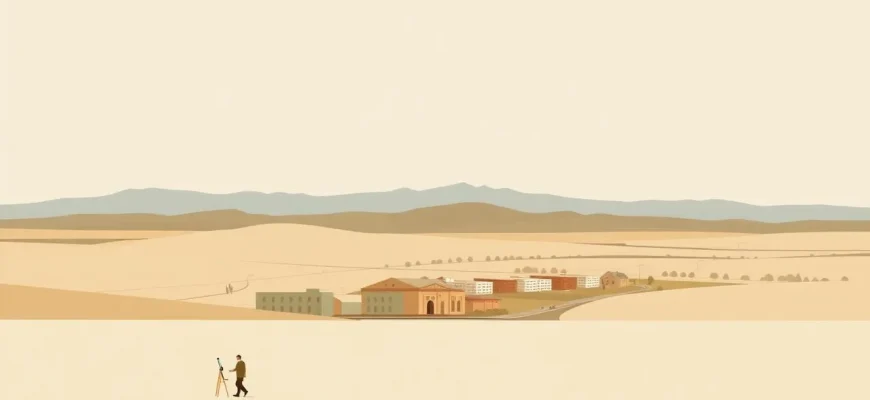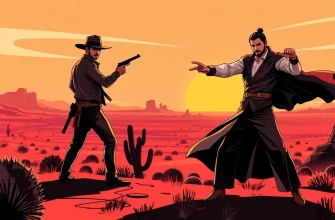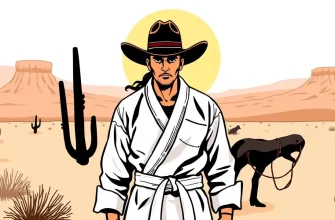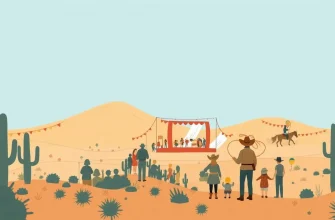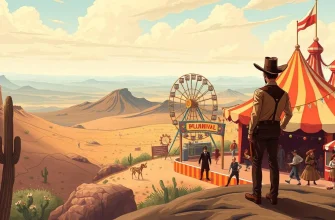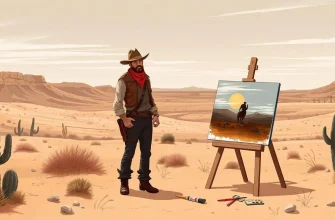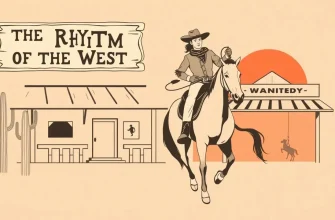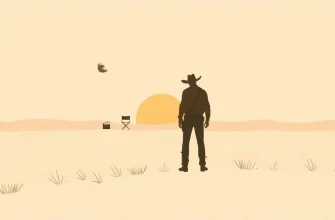The Wild West has always been a canvas for tales of adventure, but what happens when you mix the rugged landscapes with the refined world of art? This curated list of 10 Western films delves into the intersection of art and the frontier spirit, offering viewers a unique blend of storytelling where the brush meets the bullet. From painters capturing the untamed beauty of the West to musicians and poets finding inspiration in its vastness, these films showcase how art can thrive in the most unexpected places. Whether you're an art aficionado or a Western enthusiast, this collection promises a fresh perspective on both genres.
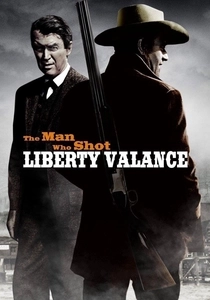
The Man Who Shot Liberty Valance (1962)
Description: This film explores the myth-making aspect of the West, where the art of storytelling and the creation of legends play a crucial role in shaping history. It's a meditation on truth, justice, and the art of perception.
Fact: John Ford directed this classic, which features James Stewart and John Wayne in lead roles, and it's often cited for its exploration of the Western genre itself.
 Watch Now
Watch Now 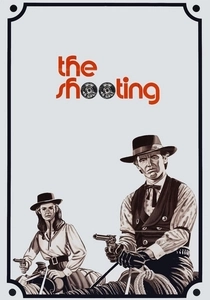
The Shooting (1966)
Description: This minimalist Western by Monte Hellman focuses on the journey of a group of characters, where the art of survival and the art of mystery intertwine, creating a narrative that's as much about the journey as it is about the destination.
Fact: The film was shot in black and white, adding to its artistic, almost abstract feel.
 Watch Now
Watch Now 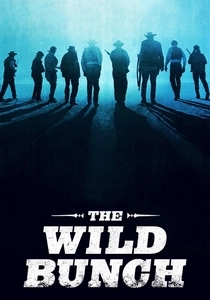
The Wild Bunch (1969)
Description: This film, while known for its violence, also delves into the art of living and dying in the Old West, with characters who are outlaws but also artists in their own right, crafting their lives with a certain poetic flair.
Fact: Sam Peckinpah's direction brought a new level of realism to Westerns, and the film's slow-motion gunfights became iconic.
 Watch Now
Watch Now 
The Ballad of Cable Hogue (1970)
Description: This film tells the story of Cable Hogue, a man left for dead in the desert who finds water and builds a way station. His journey is not just about survival but also about the art of living, as he encounters a preacher, a prostitute, and a photographer, each bringing their own form of art to the barren landscape.
Fact: The film was directed by Sam Peckinpah, known for his gritty Westerns, and features a memorable score by Jerry Goldsmith, enhancing the film's artistic undertones.
 Watch Now
Watch Now 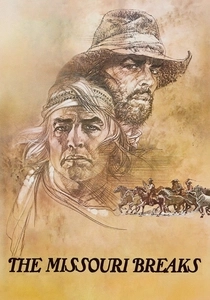
The Missouri Breaks (1976)
Description: In this film, the art of cattle rustling and the artistry of revenge play out against the backdrop of the Missouri River. The film's poetic dialogue and the characters' unique approaches to life and death make it a study in the art of living on the edge.
Fact: The film stars Marlon Brando and Jack Nicholson, and was directed by Arthur Penn, known for his work on "Bonnie and Clyde."
 Watch Now
Watch Now 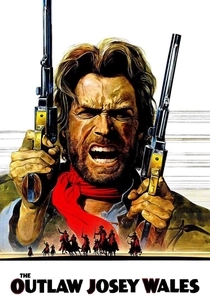
The Outlaw Josey Wales (1976)
Description: While primarily an action-packed Western, this film includes moments where Josey Wales, a Confederate guerrilla, finds solace in the simple art of living, from cooking to storytelling, reflecting on the beauty of life amidst chaos.
Fact: Clint Eastwood directed and starred in this film, which was nominated for an Academy Award for Best Original Score.
 Watch Now
Watch Now 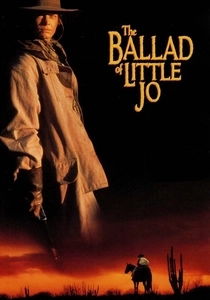
The Ballad of Little Jo (1993)
Description: This film tells the story of a woman who disguises herself as a man to survive in the West, exploring themes of identity, art, and the freedom to express oneself in a harsh environment.
Fact: The film was inspired by the real-life story of Josephine Monaghan, and it features a performance by Suzy Amis that challenges traditional gender roles in Westerns.
 Watch Now
Watch Now 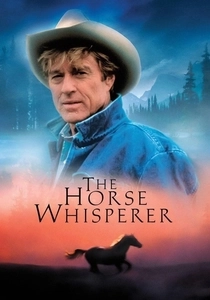
The Horse Whisperer (1998)
Description: While not a traditional Western, this film explores the art of horse training, focusing on the relationship between a man, a horse, and the healing power of their bond. It's a study in patience, understanding, and the artistry of communication.
Fact: Robert Redford, who also directed the film, plays the titular horse whisperer, and the film was nominated for an Academy Award for Best Cinematography.
 Watch Now
Watch Now 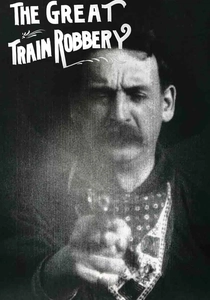
The Great Train Robbery (1903)
Description: One of the earliest Westerns, this film is a piece of cinematic art in itself, showcasing the art of early filmmaking with its innovative techniques like parallel editing and close-ups.
Fact: Directed by Edwin S. Porter, this film is considered one of the first narrative films, influencing the entire film industry.
 30 Days Free
30 Days Free 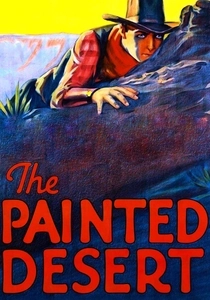
The Painted Desert (1931)
Description: This early Western features a plot revolving around a painting that holds the key to a hidden gold mine. The film intertwines the themes of art and greed, showing how art can influence human behavior in the wild West.
Fact: This was one of the first films to feature Clark Gable in a starring role, and it was directed by Howard Higgin, known for his work in the silent era.
 30 Days Free
30 Days Free 
